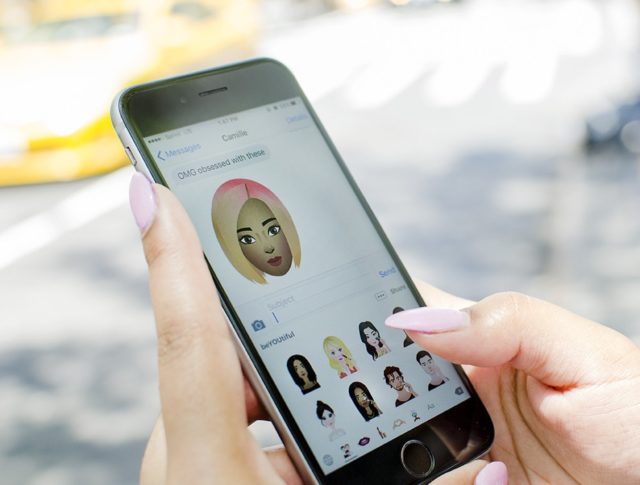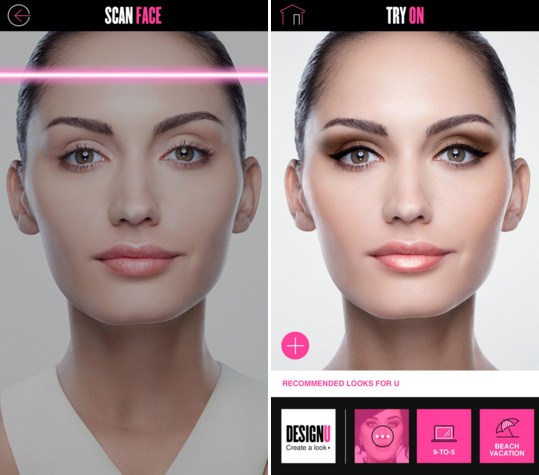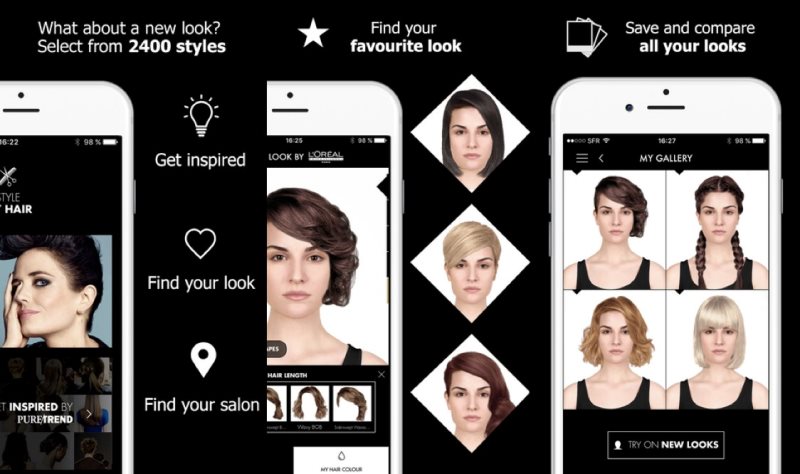L’Oreal blessed the masses with Beaumoji last week, a new keyboard of beauty-themed emoji to keep the conversation going within the company’s target demographic.
Custom-tailored to the beauty enthusiast, Beaumoji features a number of icons, hairstyles and ideas surrounding pampering, hairstyles, make-up and more.
“We know the online conversation around beauty is huge and continuing to spike along with the shorthand language of emojis. We saw an opportunity to provide expressions and tools for our beauty community that reflect the daily conversations we see happening,” said Rachel Weiss, vice president of innovation and entrepreneurship at L’Oréal USA . “With Beaumoji, our goal is to provide emojis that beauty enthusiasts crave and speak to their unique passions, lifestyles and personalities.”
To celebrate the launch, L’Oreal is hosting a contest for whoever can create the best custom Beaumoji design. The winner will be flown to New York City for a one-night stay and VIP ticket to Beautycon Festival New York on October 1, where their Beaumoji will be revealed live on stage.
As the number one beauty brand in the US, L’Oreal accounts for roughly 19 percent of a America’s $56.8 billion dollar industry, according to a recent study by Statistic Brain Research Institute. Beaumoji is the latest effort in L’Oréal’s ongoing digital and technology innovation strategy.

L’Oreal furthered its stronghold in the social conversation in March with an augmented reality mobile app, in partnership with ModiFace. Although the Style My Hair did not have the worldwide phenomenon of say, Pokémon Go, they allowed customers to virtually try hairstyles and hair colors before they visit a salon, which is still a sizable leap, and it’s all part of a marketing strategy that’s aiming at reaching consumers in new way.
Style My Hair, available on US Android and iOS devices, allows potential customers to explore new looks and share them on social; it was downloaded nearly 500,000 times in the immediate weeks after the launch. As for cosmetics, L’Oreal’s Makeup Genius virtual makeup app ,and the My UV Patch skin sensor app, launched at the Consumer Electronics Show earlier this year. Makeup Genius now has 6.3 million downloads.
ModiFace has also developed an augmented reality app with L’Oreal brand Urban Decay. The Vice Lipstick app allows users to try on more than a hundred lipstick shades by overlaying colors atop self-facing camera images. Users can then swipe left or right to choose different shades to try on, create a scrap book of various lipstick looks, and of course, share on social. The Vice Lipstick line was also featured as a Snapchat filter in May, allowing users to experiment with the new color palette.
Maybe She’s Born With It—Maybe It’s Augmented Reality

According to a Demandware study, 72 percent of US beauty brands are testing a form of “guided selling” to push sales, like Snapchat lenses and augmented reality, and L’Oreal isn’t the only beauty brand to embrace an age of social media.
In May, Benefit Cosmetics released the Brow Genie, a digital tool that virtually transforms users’ eyebrows, then demonstrates how to recreate the shape.
Elizabeth Arden teamed with the app YouCam, which has 100 million users, to let customers virtually try on and order products.
Rimmel also partnered with ModiFace for a hairstyle simulation app called “Get The Look” that was unveiled at the end of June. In addition to simulating hairstyles, the app also recommends cuts based on a user’s face shape and features, while also sharing daily hair inspirations and latest trends.
Sephora hosts a “Virtual Artist” tool within its product app to help customers test products using AR technology.
Covergirl’s BeautyU app uses facial scanning and tracking to identify skin tones and apply makeup looks in real-time using the front-facing camera.
One needs to only stroll down the drug store cosmetics aisle to understand the recent push to virtual “testing.” Until now, consumers had to buy sealed makeup and hope for the best, but AR gives at least some sort of idea of an end result, with varied realism across mobile apps.
Isn’t technology beautiful?

